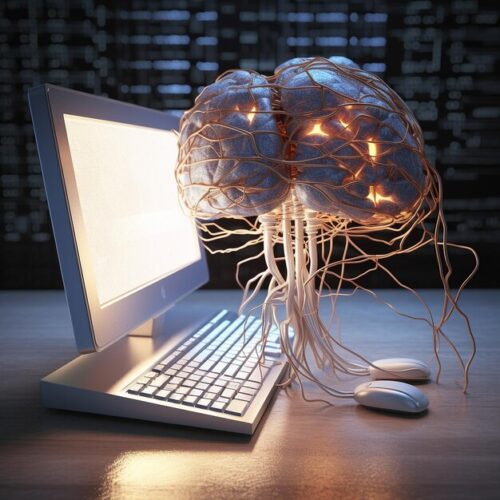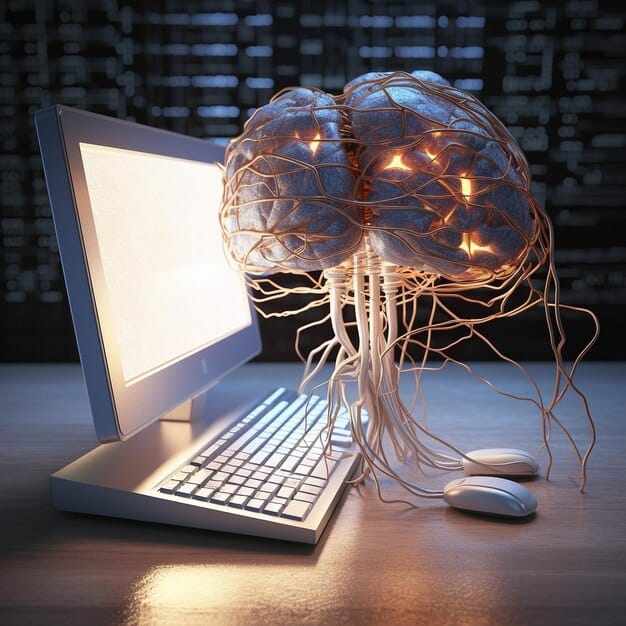What if the future of AI isn’t silicon—but real, living neurons? These tiny brains could change everything.

A new class of “living computers” powered by real biological neurons is being developed, offering a radically energy-efficient and scalable alternative to traditional silicon-based AI systems. Unlike transistors, these systems use human-derived cortical organoids—tiny brain-like structures grown from stem cells—to perform computation.
According to researchers at FinalSpark, the energy savings are significant. In a recent conversation with Fred Jordan, CEO and Co-Founder at AlpVision and FinalSpark, Nidhi Agarwal from Electronics For You (EFY) learned about these living computers, which promise lower energy use, biological flexibility, and potential uses in AI.
On talking about the biocomputers market forecast Fred added, “According to this study by Centric Business Intelligence, the market value today is around $7 billion, and it’s expected to grow to $17 billion by 2032, with a CAGR of 13.13%. What’s interesting is that such numbers have only started appearing online very recently—just this year, in fact”
One clear benefit of biocomputing is its energy efficiency. Simulating a single neuron on a digital computer can use up to a million times more energy than a real, living neuron. That’s already a strong reason to explore this technology. There may also be other benefits that are not yet fully known.
Scalability is another advantage. In nature, brain organoids can grow and form more neurons over time, unlike transistors on a chip, which remain fixed after fabrication. There’s also the aspect of sustainability—while microprocessors are not biodegradable, brain organoids might be. Structurally, neurons and organoids are three-dimensional, unlike most chips, which are flat. This extra dimension could open up new ways to compute.
AI adds another layer of relevance. Most AI tools today rely on artificial neurons, which are simple simulations of real ones. Real neurons are far more capable, and if we can use them in place of artificial ones, we might achieve not just similar results but potentially much more. This leads to a double benefit: higher processing power and lower energy use. In engineering, such gains rarely come together. While biocomputing still faces many challenges, its potential in areas like AI is promising.
During the discussion on AI and real neurons, Fred explained, “AI systems like ChatGPT work by simulating neurons, but real neurons are much more complex. If we can harness them, we could potentially surpass what today’s AI can do.”
The full article will be live soon — stay tuned.






